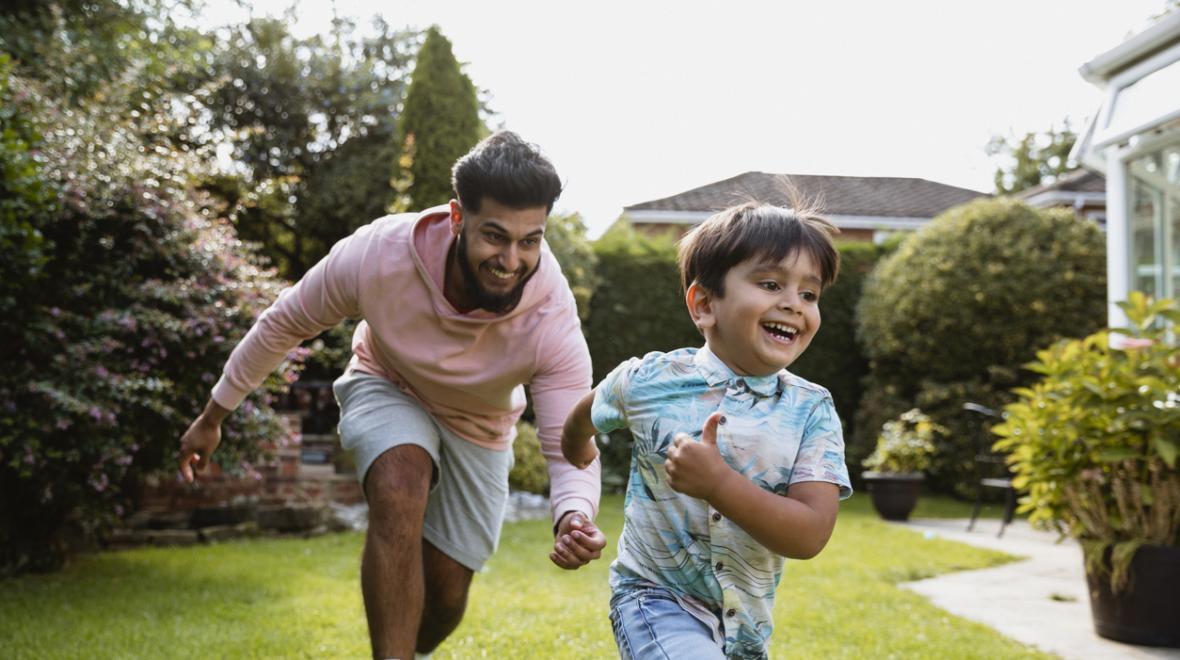
Stress-busting activities
Exercise, both high energy and stress-reducing physical activity, is one of the most underutilized and cost-effective interventions for children with autism spectrum disorder (ASD). This is particularly important with children staying home during the COVID-19 shelter-in-place edicts by governors all across the United States.
Interestingly, a recent survey through SPARK (Simons Foundation Powering Autism Research) of over 8,000 families with children with ASD about life during the COVID-19 pandemic found many parents use breathing exercises, yoga, prayer, meditation and other mindfulness exercises. Parents further reported that these activities were helpful in dealing with the stress of the situation.
Go straight to the activity ideas:
Unfortunately, many children with ASD do not participate in regular physical activity and spend a significant amount of time in sedentary behaviors, including screen time. This is no doubt amplified with schools closed and children having to stay at home during the current pandemic.
Children must also be feeling stress not understanding why they cannot go to school and see their teachers and classmates. How can parents help their child with ASD stay active and participate in stress-reducing activities? The purpose of this practical pointer is to present general tips and specific suggestions to parents for how to help their child stay active and reduce stress during this unprecedented time of uncertainty.
Six tips for staying active at home:
1. Be flexible.
The important thing is getting your child active, so be flexible to make it happen. Parents know their child better than anyone, so think about the following factors that match the child’s strengths and preferred routines when creating opportunities for physical activity:
- Type of activity (walking, strength exercises, yoga)
- Time of day (morning, afternoon, evening)
- Amount of time (many short bouts of 5–10 minutes of activity versus one bout of 30–45 minutes of activity)
- Intensity of activity (slow walk with dog versus fast walk/jog down the road and back)
- With others (participating alone or with a parent/sibling)
2. Make it fun.
All children, including those on the spectrum, will be more attracted to physical activity that they perceive as fun. Here are some suggestions to make physical activity fun for your child:
- Use videos that have cartoons, action and music.
- Go for a walk while listening to music.
- Do an exercise routine with music (child’s choice) in the background.
- Use a child’s strong interests to make physical activity more fun.
- Actively play with the dog in the house or back yard.
3. Schedule physical activity.
If you use some type of schedule to plan your child’s day, add 10–15 minutes of physical activity multiple times during the day or one bout of 30–45 minutes of physical activity. If physical activity/relaxation is very unmotivating for the child, then add a specific reinforcer at the end of the activity (“If you complete the physical activity, then we can have a choice of a banana or apple for a snack”).
4. Provide choices.
Give your child multiple choices of activities, and then let your child choose. If you want to see your child do some calming activities, then give choices from different yoga or relaxation videos, or try calming activities you have used at home. For cardio, choices could be watching an active video, doing an exercise routine, going for a walk or just dancing/moving to music.
5. Set goals.
Goals such as walking the dog for 15 minutes or completing two active videos help the child see a target. Set a specific number of activities, such as the following exercise routine with specific targets for each activity:
- Do 10 jumping jacks.
- Do 10 modified push-ups (on knees or wall push-ups).
- Lie on back and do bicycle movements with legs for up to 30 seconds.
- Jump 10 times over a paper towel placed on the ground.
- Stand and alternate marching motion touching right elbow to left knee/left elbow to the right knee.
- Rest for one minute, and then repeat routine three more times.
6. Participate with your child.
Most children will have more fun and stick with the physical activity longer if parents (or siblings) participate with the child. It is even more fun for the child to watch a parent or sibling struggling with a yoga position or getting winded with cardio activities!
Find some activity ideas: |











